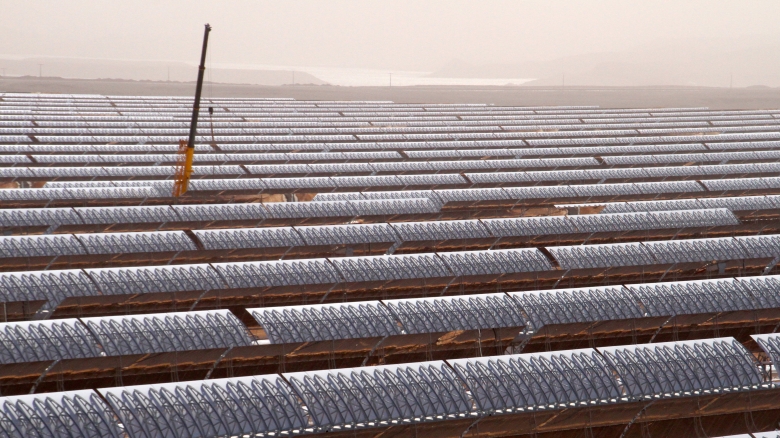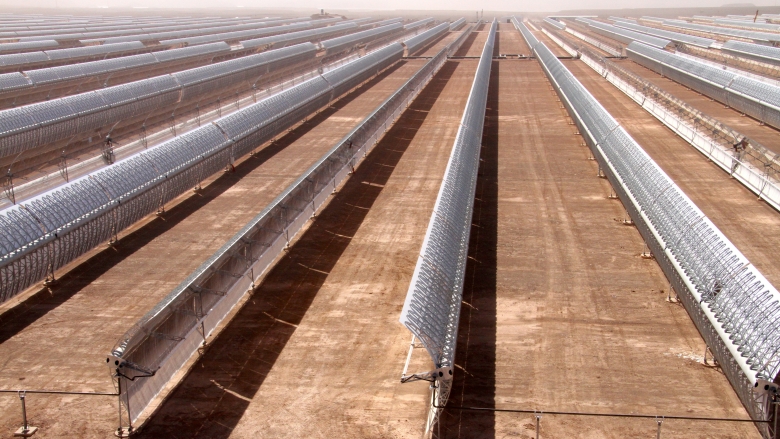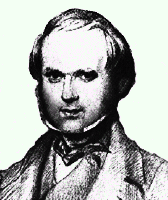Morocco’s Finance Minister Salaheddine Mezouar wants the world to perceive Morocco as an environmentally friendly country. He said, “The project sends a very clear message in the current situation, which is dominated by the need to face up to the challenges of climate change.” The minister added that “Morocco is determined to protect the environment in all its future projects.”
This country’s politicians are eager to cut its dependence of foreign oil and gas imports and save money and to leave green footprints in the sands of time. For the project, Morocco is mobilizing multiple financing sources and partners. Morocco can get help for this project from the World Bank, the European Commission, and Germany and Desertec. Desertec is a coalition of 13 energy and technology companies aiming for a renewable energy grid in Africa and afterward shipping the energy to Europe. Desertec was founded in 2009. Their organization’s focus is on alternative power generation using wind and sunlight. They want to construct a series of concentrated solar power (CSP), photovoltaic (PV) and wind projects in the Middle East and North Africa region.
Said Mouline is the director of Morocco’s Centre for Renewable Energy Development. He says, “This project will help Morocco reduce its greenhouse gas emissions by 3.7 million tonnes of CO2. This will help us play our role in mitigation of climate change.” He said again, “Clean energy projects such as this will create many new jobs in the areas
Now the Arab countries are waking up to the reality of oil reserves. They too want to trap the power of alternative sources of energy. Algeria, Qatar, Tunisia and Saudi Arabia, Jordan, Syria and Tunisia are all making fruitful efforts to utilize the power of sunlight. Israel is already using solar power successfully in many areas such as
The Energy Minister stressed that they will use the state-of-the-art technology available in the market. She says, “We look for the most sophisticated technology available in the world to use for this project.”
Ali Fassi Fihri is the Chairman of ONE, Morocco’s power utility. He shares his opinion, “The project would add in terms of power generation the equivalent of the current electricity consumption of the country’s commercial capital Casablanca.”










 The theory of evolution, formalized by Charles Darwin, is as much theory as is the theory of gravity, or the theory of relativity. Unlike theories of physics, biological theories, and especially evolution, have been argued long and hard in socio-political arenas. Even today, evolution is not often taught in
The theory of evolution, formalized by Charles Darwin, is as much theory as is the theory of gravity, or the theory of relativity. Unlike theories of physics, biological theories, and especially evolution, have been argued long and hard in socio-political arenas. Even today, evolution is not often taught in 


